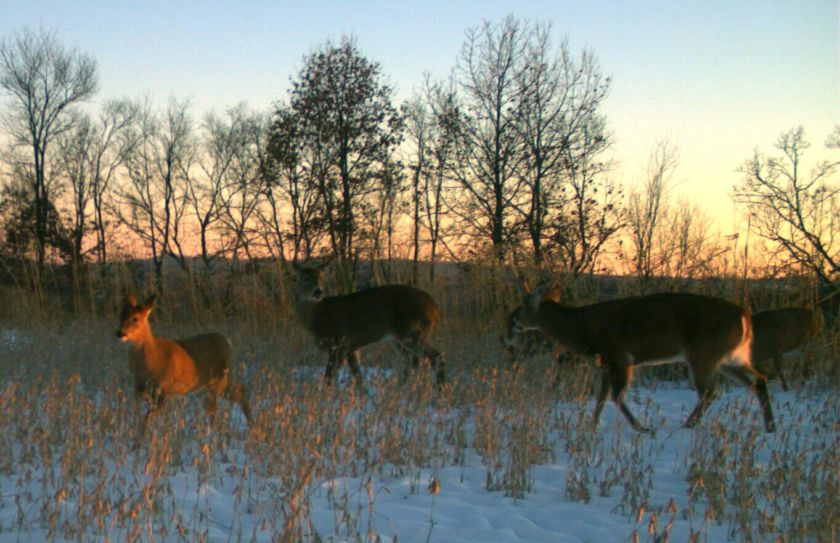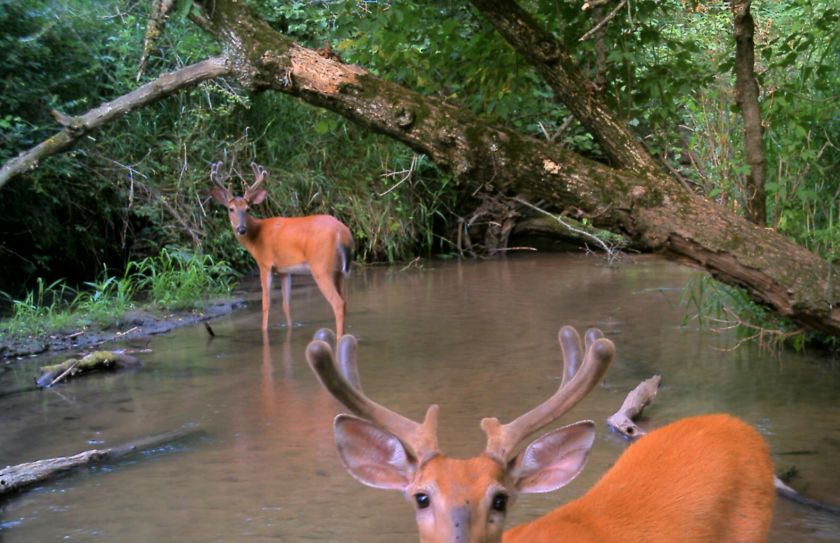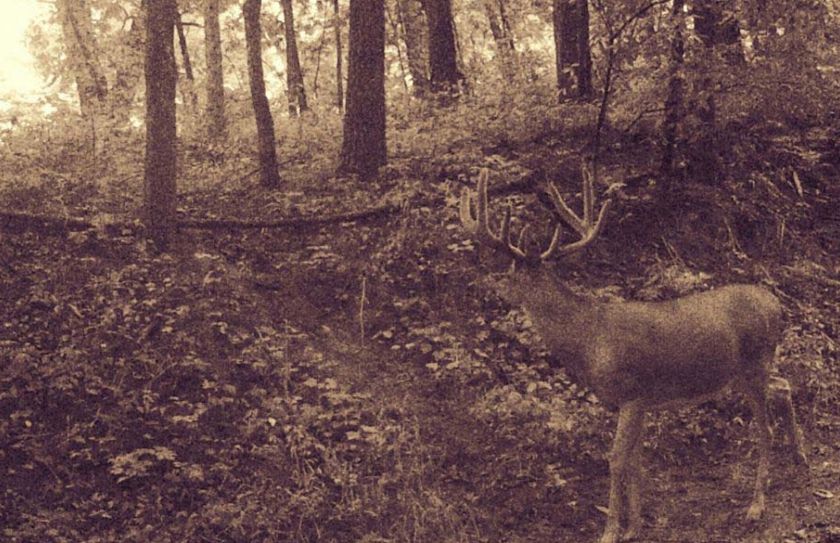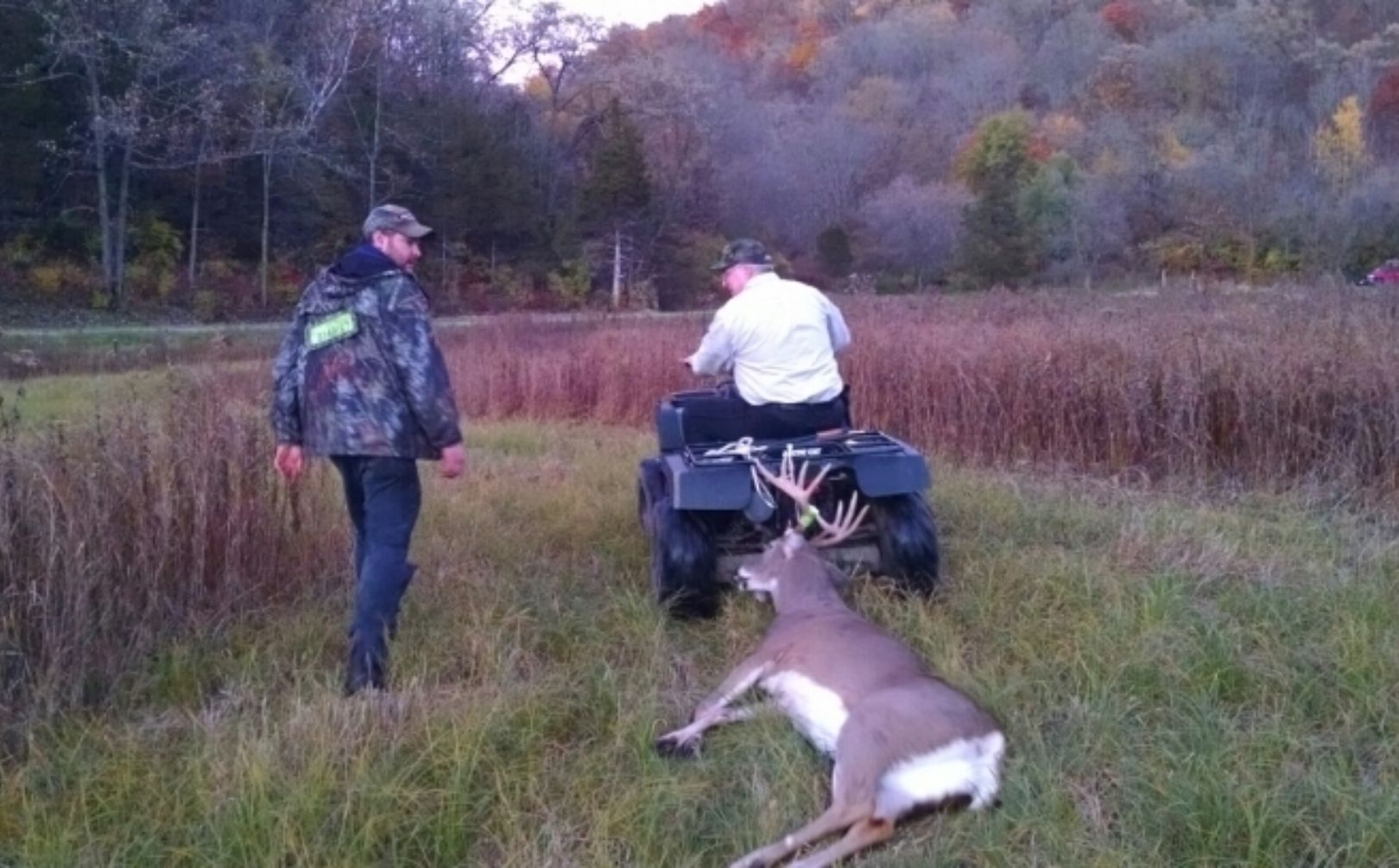
I would like you to think about all of the whitetail-filled lands that you personally know, where the process of reducing hunting pressure is a matter of circumstance, and not due to a strategic mindset by hunters. For example, do you know of any neighborhood parks that do not allow hunting? What about that grouchy old man who owns the neighboring 40? Or even industrial lands where hunting is strictly off-limits. Scattered across this great country are tracts of land that simply have incredible deer herds because there is absolutely zero hunting pressure. So, I think it's fair to ask, "How do non-hunters often accomplish more in terms of producing a quality herd, than we do as hunters and deer habitat managers?"
The ultimate "trick" in managing the hunt on any land that we choose to hang a treestand in, is taking the "hunt" out of hunting. I will discuss a few strategies for how you can accomplish this trick, but let me start off by asking another question, "Are you reducing the hunting pressure on the lands that you hunt, or increasing the hunting pressure on the lands that you hunt?" And before you click the "next" tab and leave the page thinking that you plopped yourself into a "private lands only discussion", the same concepts apply to both private AND public lands, so stayed tuned towards the end of the article.
The Risk of Habitat Improvements
Yes, I said "Risk". Why? Because the more improvements that you make and the higher the level of attraction associated with those improvements, the greater the risk that you have for unwanted deer/human encounters. Often, habitat improvements are created to match the areas that they fit best within the habitat, and not your hunting; this is one big giant mistake! For example:
1. A food plot shouldn't be installed simply where it is the easiest or most convenient to plant, and that includes the best soil.
2. A native grass planting should not be created because the soil in a certain location will produce the best growth
3. A bedding area should never be installed simply because it meets the criteria of a slight rise, dry and that it contains the habitat components for building the "perfect" buck bed.
4. A waterhole should rarely be installed because the ground, location and soil type are available to dig the best, sulf-sustaining waterhole
Of course if you have a choice you always choose the best conditions within the best location, but never let a bad set of conditions get in the way of the best location for a habitat improvement.
"It provides food or water for the deer", "it provides necessary cover", "it is in the cheapest location"...None of those quotes are good enough reasons by themselves for creating a habitat improvment and often those are the exact reasons why non-hunters who have done nothing to their lands, end up accomplishing more in terms of herd quality than guys who do "everything" to their lands. An improvement needs to be installed where it will contribute to reducing hunting pressure, and not increasing hunting pressure, or you are better off not having the improvement in the first place. When improvements are located within your access areas, within locations that deer will see you, hear you or smell you, then you end up creating one giant Attract/Repel conditions that has the ability to reduce the quality of the herd in the entire neighborhood, and not just on your own land.
When you create no improvements on your land, you also experience very few "hotspots" of deer activity on your land. When you do nothing, then often you can move about your lands with just an average amount of chance that you will spook deer. The deer recognize that too! They will just simply move to the path of least resistence, and your entire parcel is often no better or worse than your neighbor's in terms of reducing hunting pressure. On the otherhand when you create these great improvements in the wrong location so that you invite huge deer numbers to those locations only to send them scurrying away for cover, you end up highly educating the entire deer herd in the neighborhood to your movements. You attract doe family groups, only to push them away. You attract young bucks, only to let them know that this is NOT a safe place to stay and establish a core area. Overall, poorly placed improvements can actually reduce the overall buck age structure in the neighborhood, decrease sex ratios, and at the same time make it difficult for you to target does with precision and consistency when needed to reduce herd numbers to insure the local population is in balance with the habitat.
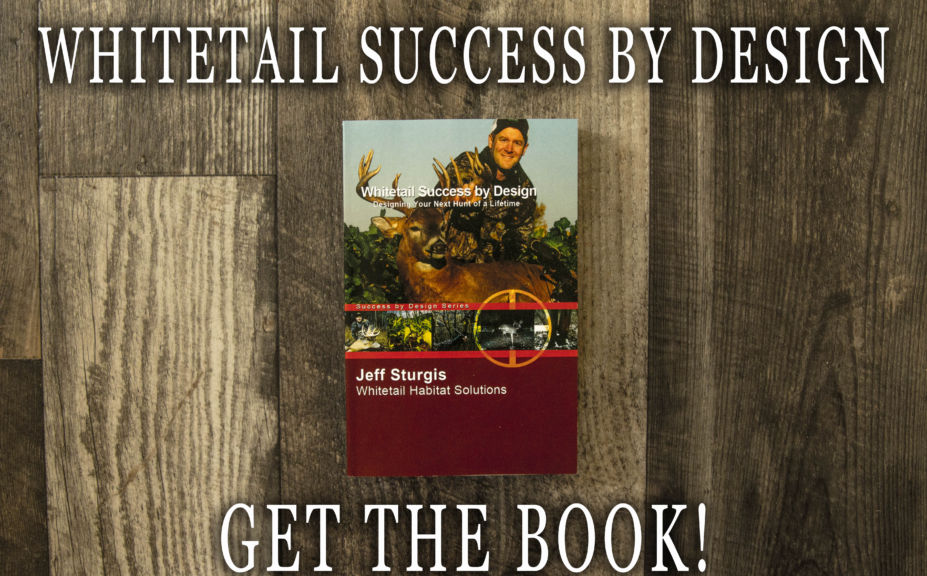
*My Whitetail Success By Design Series of books will give you some critical advice reducing hunting pressure on the lands that you hunt and manage!
The greater the attraction...the greater the risk, and that's why sometimes the guys who do the best job at creating the highest quality of habitat improvements actually do the worst job at creating the highest quality deer population; even when they have the best of intentions. It's not about throwing the habitat improvements out there under the premise that "we are doing what is best for the herd, and they need these improvements". Instead, reflect on all of those non-hunting lands that have outstanding deer herds because they avoided making improvements that actually hurt their efforts in the long run. In fact, they did nothing at all, which is often better than doing everything. If your improvements expose your hunting activities to an even higher level while hindering your ability for reducing hunting pressure, than those improvements need to go...trust me, they are doing more harm than good not matter how pretty, perfect and well-located that they are. No quality level of habitat improvement can overcome poorly located improvements, or poor hunting practices for that matter.
Public Land Hunting
I think it is highly beneficial for you to follow the private land examples for the incredible opportunity that is out there when hunters are actively reducing hunting pressure. My best public land hunts have been experienced by moving to the areas of the least amount of pressure. That means finding large, unbroken blocks of public land...and walking. Often walking a lot! But it's no different than where you would choose to hunt on private lands when given an open ticket to hunt anywhere that you wanted! Personally, if someone said in a given area that I could choose any land to hunt, it would probably be on the grouchy old man's 40 acres that no one has been allowed to hunt on for the past 30 years. The deer wouldn't even know what was coming...and you should take that same approach on public land.
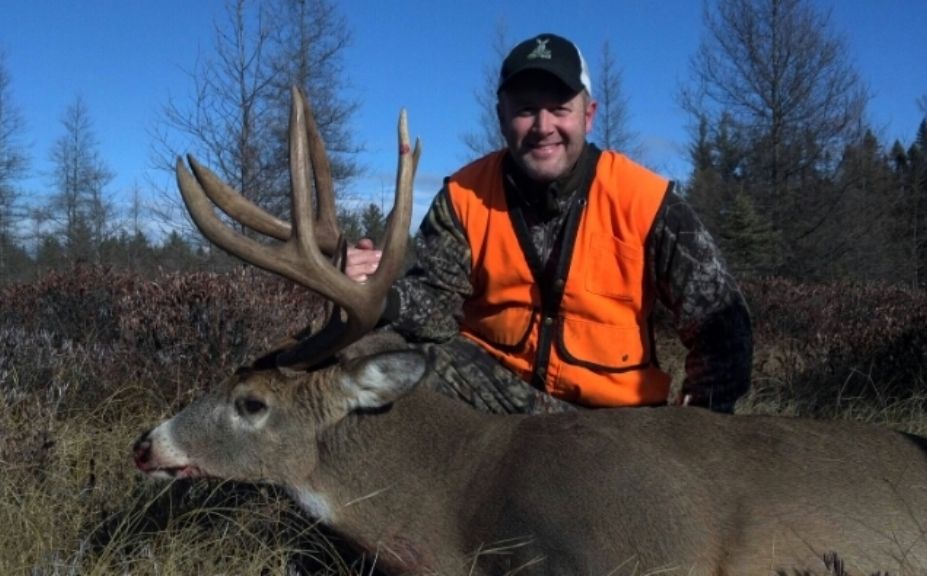
This public land giant was in an area that forced me to walk in an hour, with no trails, no ribbons and very little deer sign...but best of all, no hunters! Reducing the hunting pressure on public land can yield outstanding results when you can recognize areas of the least amount of pressure, and then applying the same principles of non-invasive access that you would on private land, to your public land hunt. Do you have a great hidden ridge of rubbing and scraping activity tucked well away from hunters within a public land gem of an area? Instead of sitting right on top of that hotspot, reduce the hunting pressure in that area by hunting to the side on a great funnel that allows you to take advantage of any deer that may be traveling through the ridge. Keep in mind deer are used to living with a lack of hunting pressure in those areas, so it pays to keep it that way, but also to use that fact to your advantage for a potential harvest on a giant that doesn't have a clue that you are targeting him. Just like in private land situations, when a mature buck finds out that you are on to him, he leaves. And if that happens before he is "mature", he often never grows to maturity because he has the potential to be exposed to increased levels of hunting pressure at a younger age. That's why those unhunted private land honey holes end up housing some of the best bucks in the area because after being forced to an area of reduced hunting pressure, because those bucks stayed and grew old. The trick is to still apply that practice to your own land, while you hunt it; even on public land!
For more great public land whitetail hunting tips, be sure to watch the video below...
Conclusion
I personally have experienced that we can learn a lot from our non-hunting neighbors, who are sometimes reducing hunting pressure enough in the entire neighborhood to actually improve the quality of the herd in the entire neighborhood. If you are on private land you should continually ask yourself if the improvement you are considering is making it more likely that the deer that you are hunting will know that you are hunting them, or less likely. And it's a similar theme on public land; Will my hunting activities continue to reduce the hunting pressure in the great little honey hole that I just found, or increase the hunting pressure? Each and every year I scout deer parcels for clients who have deminished their hunting success directly because of specific habitat improvements that they have created. In fact, they have actually contributed to some great parcels on their non-hunting neighbors. However it doesn't have to be that way! By using hunting practices and habitat improvements geared towards reducing hunting pressure on the lands that you hunt, I feel that you can take that same approach unknowlingly used by your non-hunting neighbor, and really improve the concept. Afterall, deer would rather live within habitats that feature high quality food, cover and water conditions...unless thoughs same conditions contain increased levels of hunting pressure.
